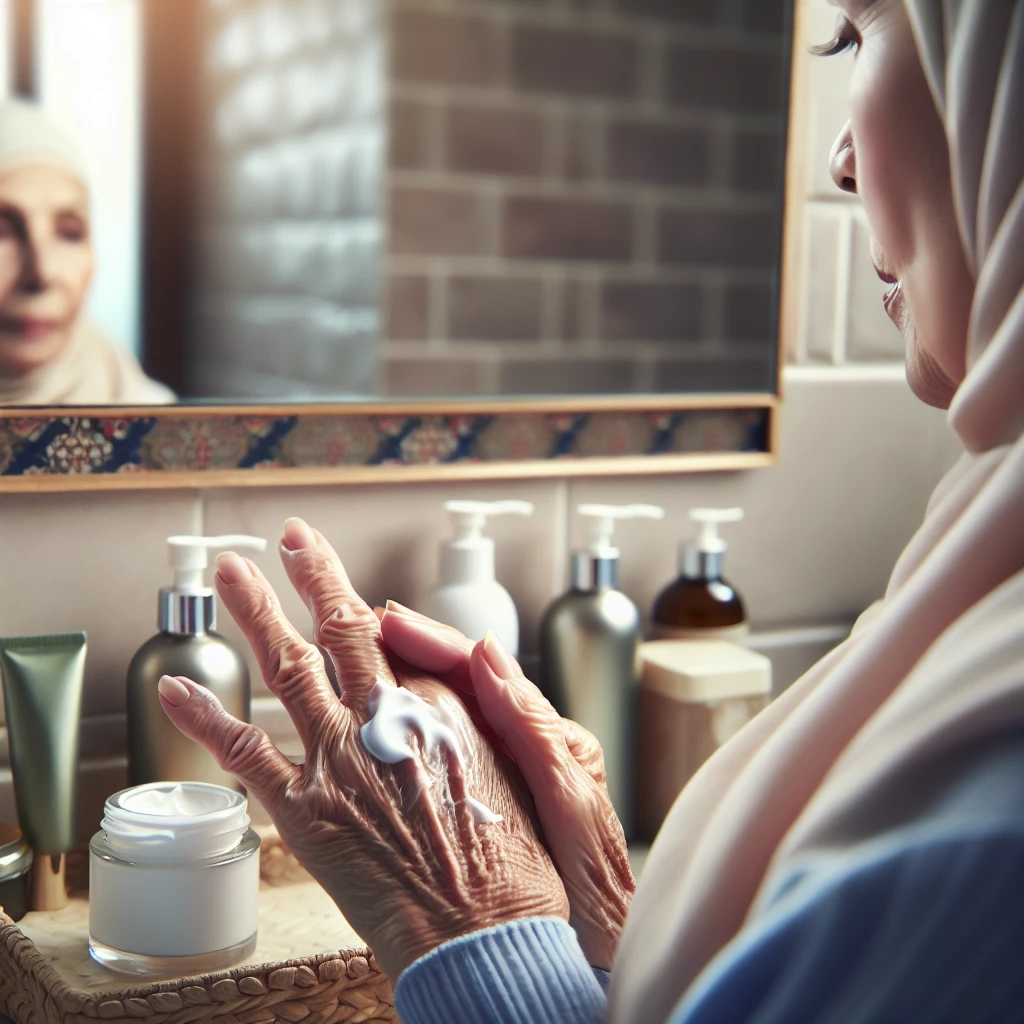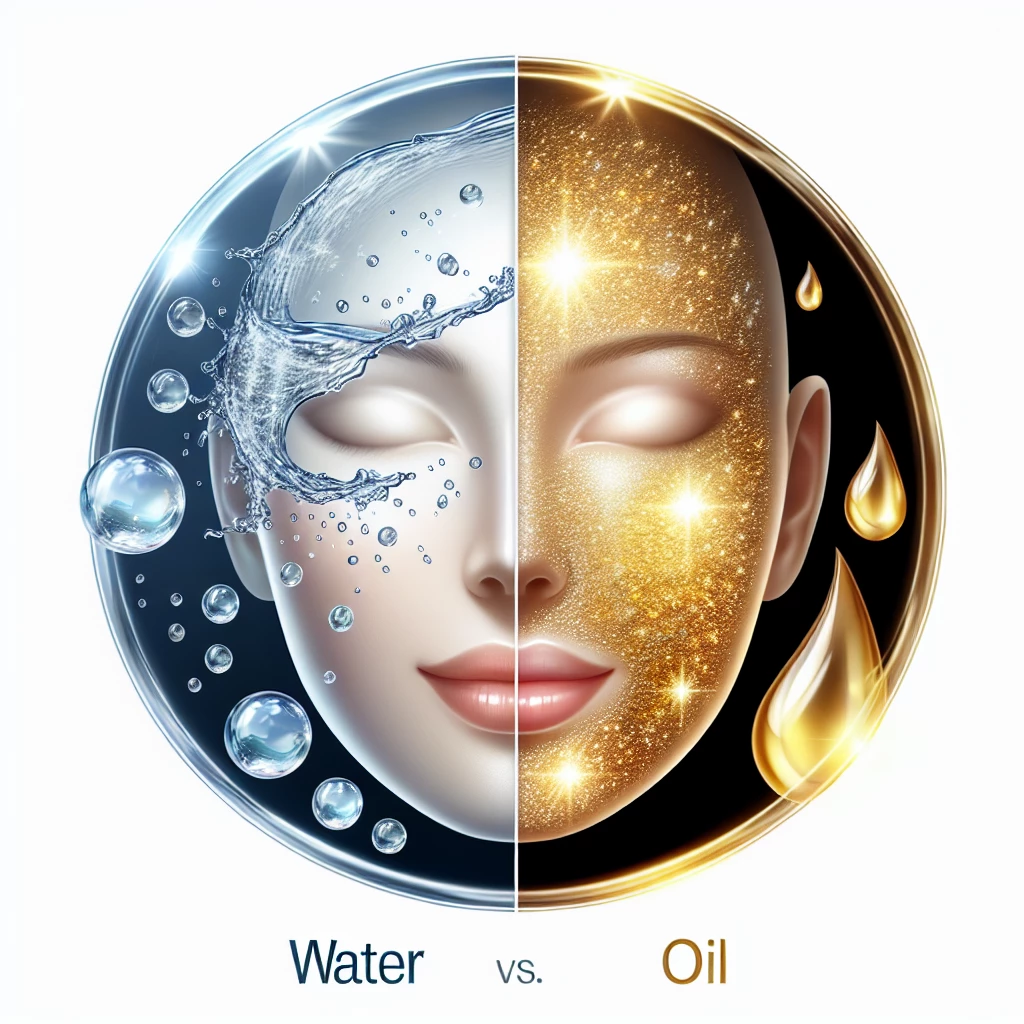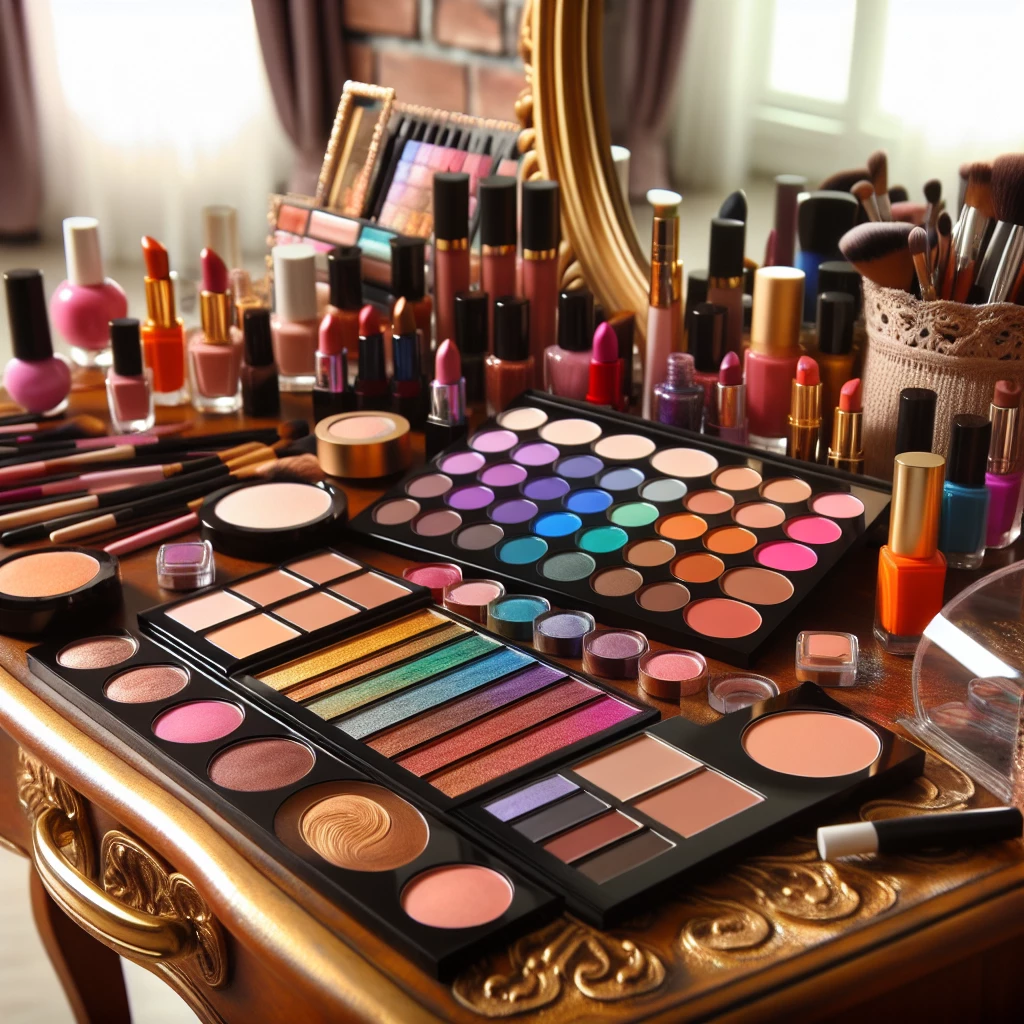Welcome to another exclusive post in the 'Skin Care Tips' section of Makeup Queens. In this comprehensive guide, we will explore the art of blending and harmonising colours in our makeup routines. Mastering this skill can elevate the effect of your makeup, complementing your outfit and mood. Let's dive deep into the world of colours and learn how to match and harmonise our makeup like a pro.
Understanding Colour Theory
Colour theory dates back to Isaac Newton's color wheel which illustrates the relationships between different hues. It is essential to understand the basics of colour theory to create a balanced and harmonious look. Colours opposite each other on the wheel are complementary, and those side-by-side are analogous.
In the world of makeup, understanding and applying colour theory can make a massive impact on the overall look. For instance, contrasting colours can help accentuate features, and analogous colours can create a serene, monochromatic look.
So, before you pick up your makeup brush, take a moment to familiarise yourself with the colour wheel. This small step can make a significant difference in improving your makeup application skills.
Matching Makeup with Your Skin Tone
Your skin tone is the primary factor to consider when selecting makeup. Different shades of pink, orange, or red lipsticks can have varying effects across diverse skin tones. Therefore, it is essential to match your makeup with the undertones of your skin for harmonious results.
Understanding your skin's undertone, whether it is warm, cool, or neutral, can greatly enhance the effectiveness of your makeup strategy. A simple tip is to observe the colour of your veins. Greenish veins typically indicate a warmer undertone, while blue or purple veins suggest a cooler undertone.
Exploring different colour palettes specifically designed for your skin tone can be an exciting and rewarding experience. Remember, when in doubt, always choose makeup tones that naturally complement and enhance your skin's undertone.
Colour Coordinating Your Makeup and Outfit
One subtle but significant detail in creating an overall impressive look is to coordinate the colours of your makeup with your outfit. This doesn't mean that you need to match your eyeshadow with your dress colour perfectly, but rather, aim to create a harmonious palette.
Consider the primary colours of your outfit and think about where they fall on the colour wheel. Using complementary or analogous colours in your makeup can enhance your overall look. For example, if you're wearing a green dress, subtle red undertones in your lipstick could create a beautifully contrasting look.
Remember, the goal is not to match perfectly, but to create a pleasing harmony between your makeup and outfit. After all, makeup is an extension of your fashion style.
Mood-Based Colour Selection
Colour has an undeniable impact on our mood and emotions. Cool tones like blues and greens tend to be calming, while warmer hues like reds and oranges typify energy and excitement. Choosing your makeup based on your mood can thus create a more authentic and personalised look.
If you're feeling energetic and enthusiastic, choosing warm colours for your makeup can enhance your mood further. Conversely, choosing cool tones on a chill, relaxing day can have a calming effect.
Through practice, you'll be able to intuitively pick the colours that best reflect your mood of the day. This beautiful communion of colours and emotions can lift your spirits, expressing your personality through your makeup.
Creating a harmonious look by matching your makeup with your outfit, skin tone, and mood can have a significant impact on your overall style. By understanding colour theory and your skin's undertones, you can unlock endless possibilities in the art of makeup. Remember, makeup is a form of self-expression, and there's no hard and fast rule. So experiment, have fun, and radiate your inner beauty outwardly.

Age Gracefully: Mature Skin Care
Delve into the changes that come with aging skin and the best practices to ensure its health and vitality.

Vitamins for Victory: Skin Nutrients
Discover the key vitamins that contribute to skin health and the best ways to incorporate them into your skincare routine.

Exfoliation 101: Clearing the Surface
Dive into the process of exfoliation, uncovering its benefits and learning how to properly exfoliate for brighter, smoother skin.

Skin Hydration: Water vs. Oil
Get insight into the importance of hydration in skincare routines and understand the difference between water-based and oil-based products.
